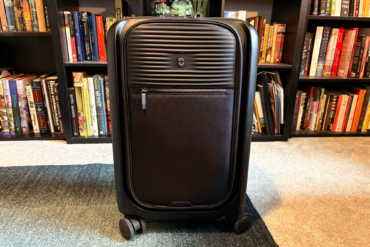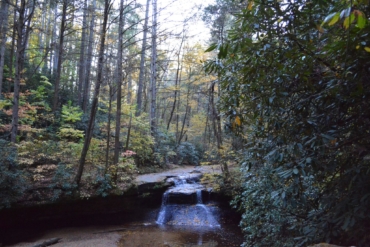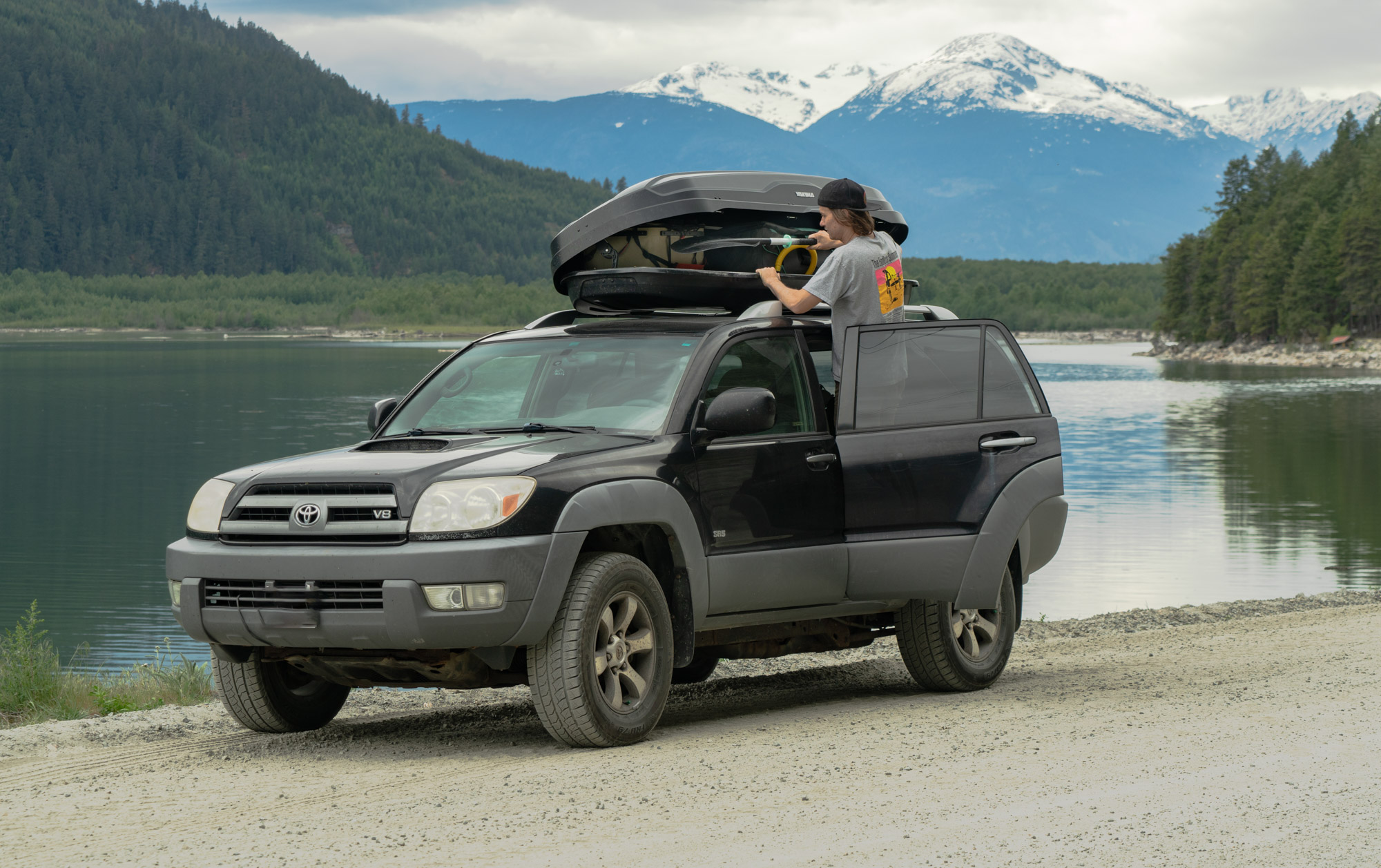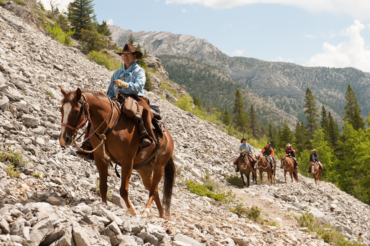A quick trip to the end of the world is better than never going at all.
We didn’t look closely at our itinerary until we were mid-flight to Santiago. Up until this moment, Monica and I were catching up over refills of red wine, en route to what felt like a dream opportunity – a week in Chilean Patagonia. Before the trip, we looked into staying longer, but neither of our schedules allowed more than a week.
Most folks spend a month or more in the southernmost region of South America, and we were about to understand why. Start with an 11-hour flight to Santiago., then a 6-hour layover. Hop a 4.5-hour flight to Punta Arenas, followed by another 4.5-hour van ride to a nature preserve outside Torres Del Paine National Park. After another 90-minute drive, you’re there.
We spent a grand total of four days on the ground in Patagonia. Accounting for jet lag, less than eight hours of fall daylight, and our impending hangover, the trip would indeed feel short.

Chilean Patagonia: A Week at the End of the World
Between trekking world-class trails, running to waterfalls, kayaking safaris, enjoying meals prepared with local ingredients, and learning about the area’s history, the whirlwind trip became as flavorful and concentrated as the wines we tasted. We met several other travelers with similar, extremely concise itineraries, yet not a single one lacked stoke. In fact, I think it prompted each of us to truly immerse ourselves deeper into the experience, which made it more meaningful.
For some of us, waiting until you have an entire month to devote to flying south means waiting until retirement. Why not buy a ticket and just go? Traveling to Patagonia for even a week is absolutely worth it and may change your life. Here’s how:
Mind the Weather
Our main goal for the trip was hiking to the Torres Del Paine “towers.” Weather in this region is notoriously fickle at any time of the year, and waiting for a promising weather window felt like a frustrating game. We pleaded to go even if a horrendous storm came through, but they actually will close the trails in dangerous conditions.
Having a flexible attitude and a plan B for activities is crucial here. You must have a certified guide to hike to the Base of the Towers of French Valley in the late fall or winter. The National Park doesn’t allow trail running, but you’ll enjoy taking in the stunning scenery at a slower pace just as much.
So Many Activities in Patagonia
Beyond our planned objectives, Monica and I enjoyed kayaking on Lago del Toro (complete with two up-close condor sightings), trail runs on the Patagonia Camp nature preserve, and hikes in other less technical areas of Torres Del Paine National Park. For those looking for a faster-paced challenge, Patagonia Camp hosts an adventurous end-of-season trail race (42K and 25K) in May before closing for the winter.
Aim for the Shoulder Season
Patagonia’s summer (December-March) is the peak season for travel. Thus, we had some concerns about traveling at the start of winter there. The autumn off-season can be one of the most splendid, surprising, affordable, and uncrowded times to visit. We witnessed changing leaves, oscillating sunshine and clouds, minimal rain and lighter winds, and very few people out on the trails.
And the limited daylight ultimately helps you recover faster from the jet lag and maximize your stunning sunlit waking hours. A trip to Patagonia always involves gambling with the weather, so your best bet is to go when your schedule allows and not be overly picky about seasons.
Book Patagonia Trips in Advance
May and September are the cheapest months to fly from Los Angeles to Punta Arenas (typically with a stop in Santiago). Purchasing your plane tickets 4-6 weeks in advance is ideal to get the best deal (and secure your time off work).
Go All-Inclusive
Typically, I’m the type of traveler to show up with just a backpack and figure out my accommodations as I go (often camping or budget hostels). Given the extremely short window and to maximize our experience, we focused on having fun and handed over the logistical reigns. Patagonia Camp is an all-inclusive eco-camp with luxury yurts. They are heated, lined with alpaca rugs, and complete with private hot tubs overlooking a glacial lake — yes, please! Gourmet three-course meals prepared with traditional local ingredients, an open bar with wines made from grapes grown on-site, transportation to/from the airport and to excursions, and their own arsenal of guides is all included. The resort is open from the first week of September to the last week of May.
Ultimately, Patagonia isn’t the kind of place you can ever comprehend in one trip, one month, or even one lifetime. The terrain is vast and complex, layered from the sea to the towering granite peaks. Blue and shining fjords lay between. And trekking to the Towers was beautiful.
But perhaps nothing felt more incredible than journeying to the end of the world and experiencing beauty and solitude like no other. Here, the only ambient noise is wind. People practice Leave No Trace to a T (good luck finding any microtrash), and those you find alongside yourself will be equally grateful to spend a still moment in one of Earth’s most beautiful regions.









